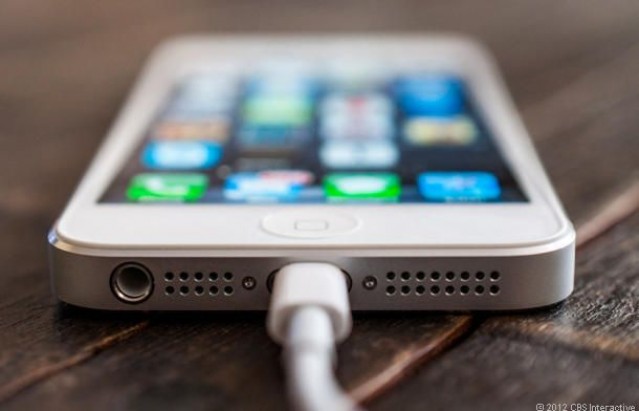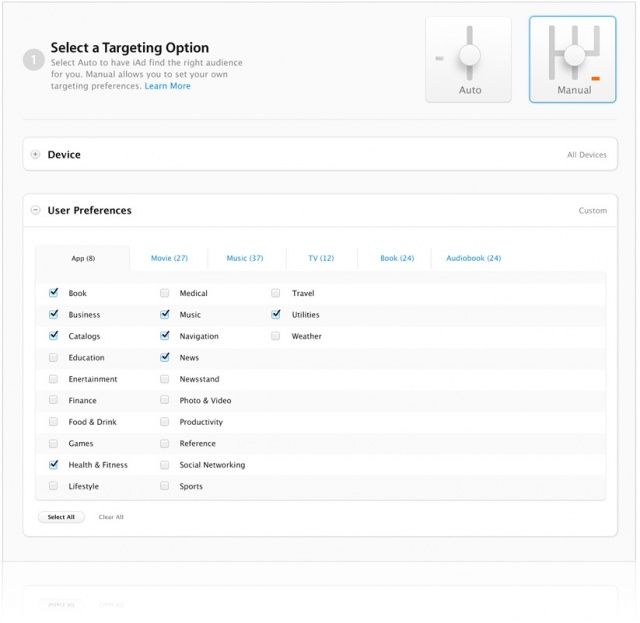Over the past few years Amazon has risen to be one of Apple’s biggest competitors, but before Apple launched the iBookstore, Apple and Amazon almost struck a partnership that would have allowed the two companies to control both music and books.
At Apple’s trial against the Department of Justice today in Manhattan, Senior Vice President, Eddy Cue, took the stand and testified that Apple had considered striking a deal on e-books with Amazon, but decided to join with publishers at a higher price.
Hypothetically, the partnership could have brought Kindle e-books integration into the iPad (and possibly iTunes), while the iTunes music library would have been used in the Kindle Store.


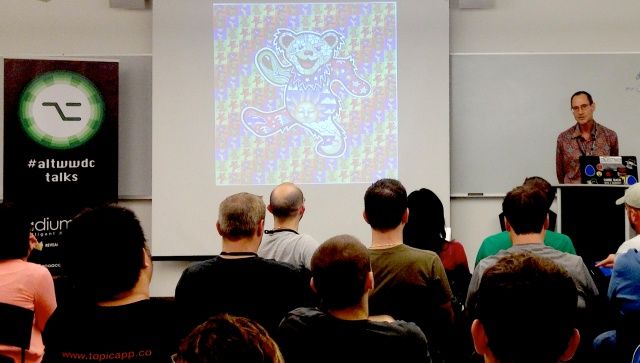
![Apple Announces A Completely Different Mac [Video] applemacnewwwdc](https://www.cultofmac.com/wp-content/uploads/2013/06/applemacnewwwdc.jpg)
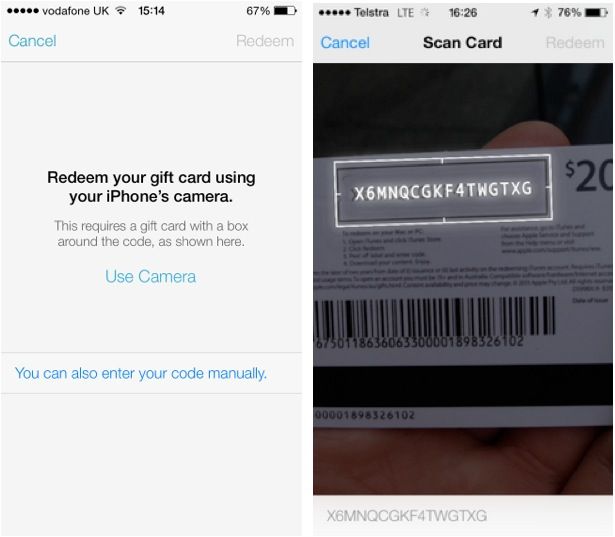
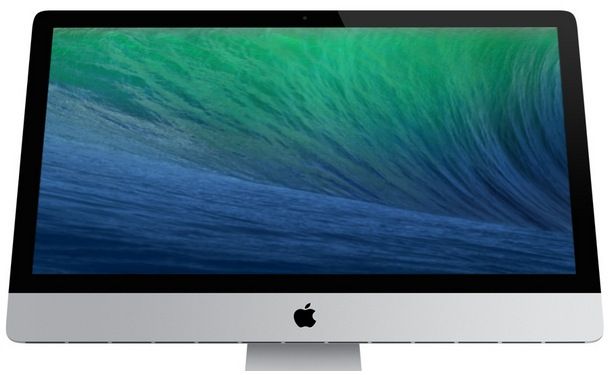
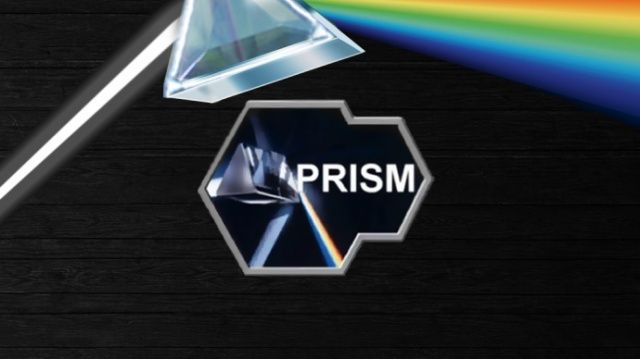

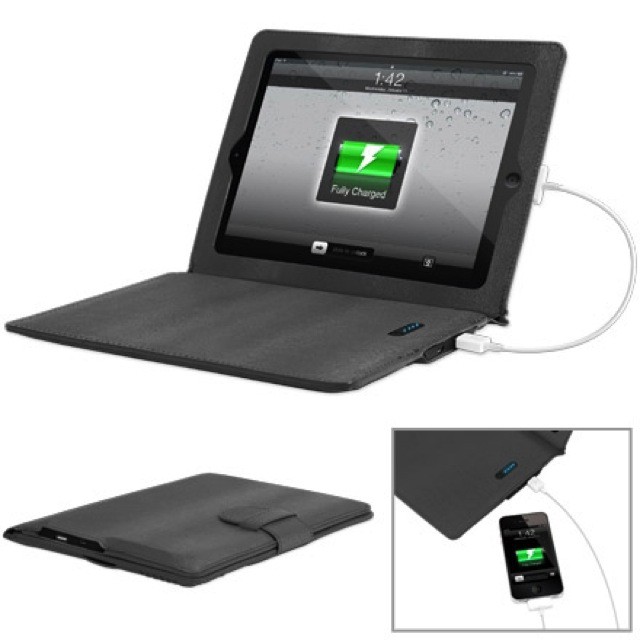
![IPhone 5S Will Come In Gold As Well As Black And White [Rumor] Screen Shot 2013-06-13 at 13.28.14](https://www.cultofmac.com/wp-content/uploads/2013/06/Screen-Shot-2013-06-13-at-13.28.14.jpg)
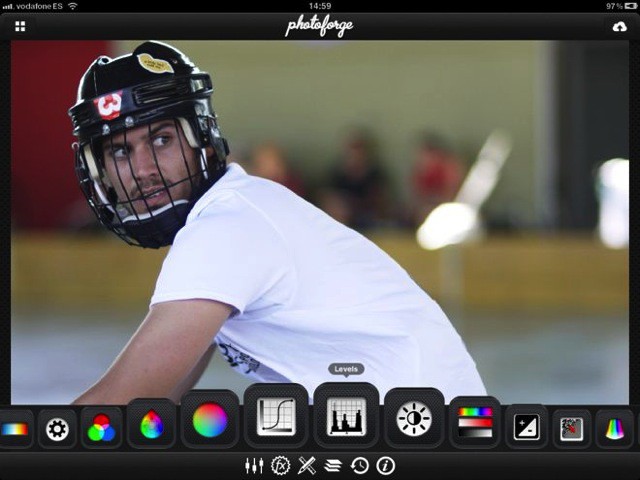
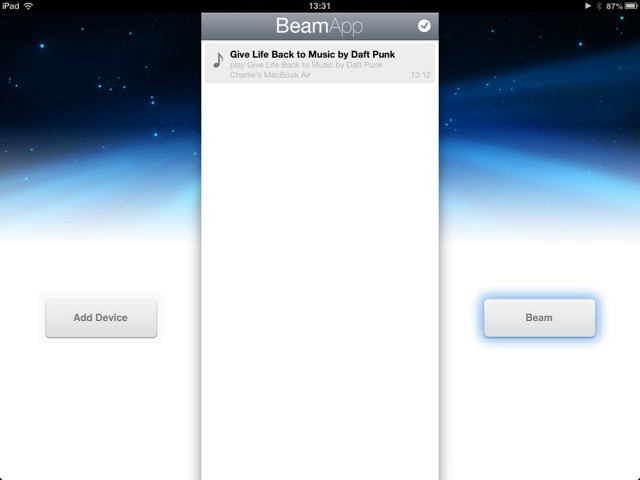
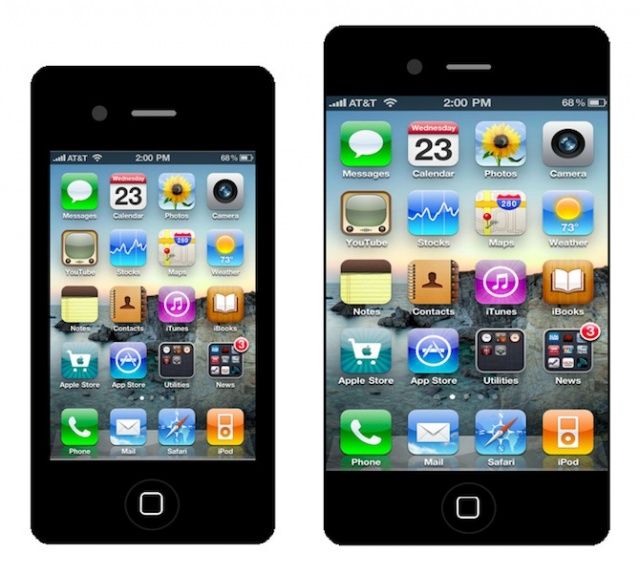

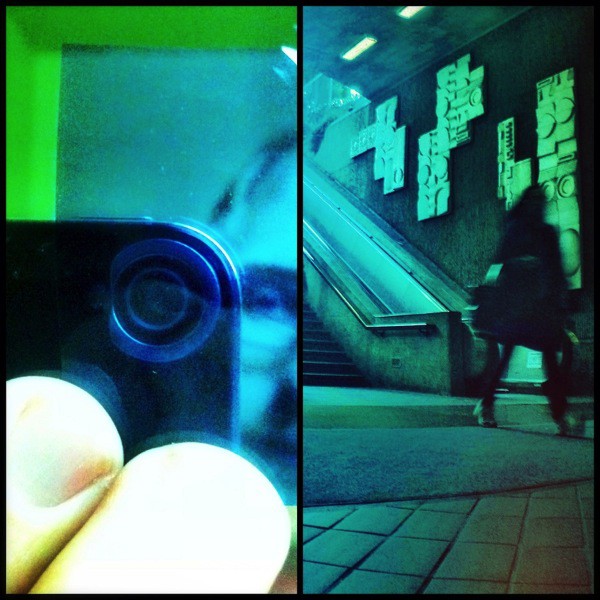

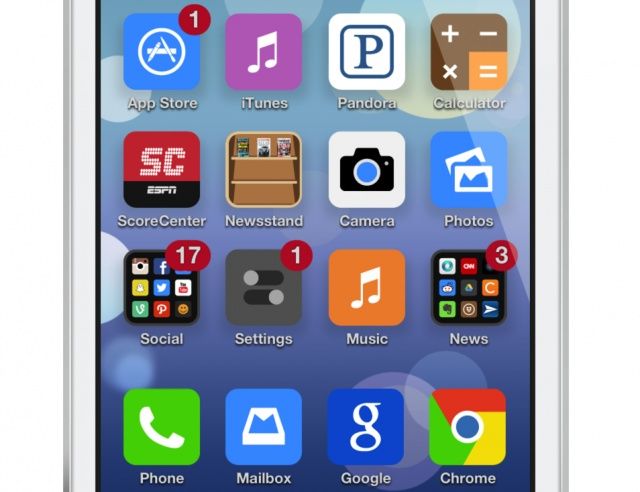
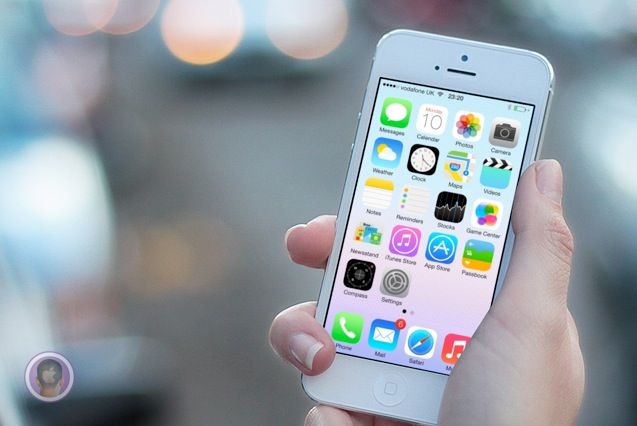

![Apple Highlights Apps Around The World That Are “Making A Difference” [Video] post-231664-image-5f485a93dc9c690da3622c2a6652c023-jpg](https://www.cultofmac.com/wp-content/uploads/2013/06/post-231664-image-5f485a93dc9c690da3622c2a6652c023.jpg)
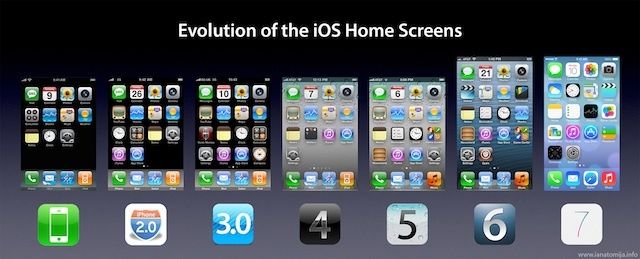
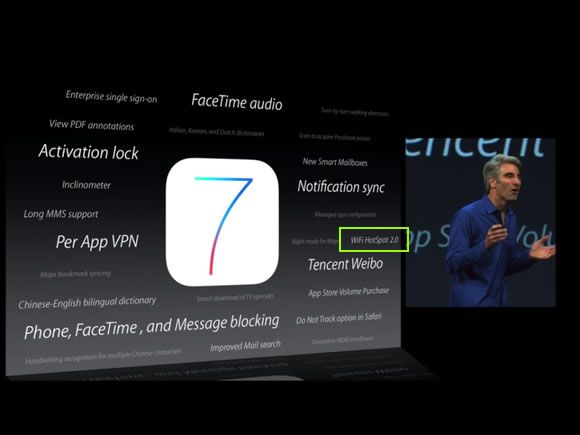
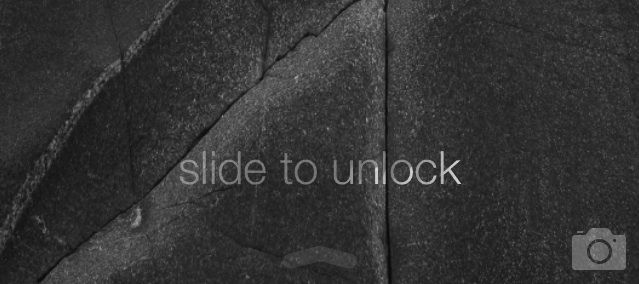
![IOS 7’s Moving Background Is Even More Impressive With Panoramas [Video] newdimensioniOS7](https://www.cultofmac.com/wp-content/uploads/2013/06/newdimensioniOS71.jpg)
